The massive winter storm that hit the US starting on Christmas Eve and leading into the new year wrecked holiday plans and knocked out power to over a million households across the country. At least nine deaths have been attributed to the storm that brought frigid temperatures, high winds, and heavy snow from coast to coast.
The situation further deteriorated in places like Washington State where over 14,000 people suffered power outages on Christmas Day. This was due to break-ins and vandalism at multiple power stations, as reported by the New York Times. These attacks followed a trend of similar incidents across Oregon, North Carolina, and Washington earlier in December 2022.
Power Outages Spotlight the Need for Reliable Backup Power
This series of attacks on power stations has sparked alarming attention to the question of how to handle power outages. When emergencies knock out electricity, portable power stations can be lifesavers. Thoughtfully engineered, powerful, and versatile power stations check all the boxes for emergency power needs. They also provide an eco-friendly and convenient power source for outdoor adventures like camping.
Key Features to Look For in a Portable Power Station
When choosing a portable power station for emergency backup or outdoor use, there are certain key features to look for:
1. High Battery Capacity
The battery capacity, measured in watt-hours (Wh), indicates the total amount of energy the portable power station's battery can store.
Look for a battery capacity of 300Wh or more. A 300Wh battery could provide enough energy to run a 300 watt device for one full hour. For example, that could power a laptop, small projector, or table fan for several hours depending on the wattage draw of the device.
Higher battery capacities like 500Wh or 1000Wh will allow you to run more high-power devices for longer periods of time. However, the tradeoff is larger, bulkier, and heavier batteries. Carefully consider how much capacity you need versus portability.
2. Strong Output Power
While smaller USB power banks are fine for charging phones and tablets, a portable power station needs robust output power capacity to charge multiple devices at once, including laptops, small appliances, and tools.
Look for power stations that provide 200W or higher output. The output rating indicates the maximum wattage a power station can supply at one time across all of its outlets and ports combined.
Higher output ratings like 500W or 1000W allow powering larger devices like full-size refrigerators and some medical devices. However, most household necessities can be powered with 200W to 300W output stations.
3. Reasonable Weight Under 40 Pounds
One of the key aspects of a portable power station is being able to carry it easily. While some larger capacity models weigh 50 pounds or more, aim for a lighter weight of under 40 pounds.
This makes lifting, carrying, and transporting the station much easier over any distance. Handles are a must for lifting, and built-in wheels and telescoping handles increase portability of heavier units.
Consider the types of travel you'll be using the power station for - if mostly car camping, a heavier station could work. But for hiking or emergency use, keep the weight manageable.
4. Rugged and Durable Build
Since portable power stations are used outdoors and moved around a lot, look for durable outer shells rather than cheap plastic housings. The exterior should resist scratches, dents, and general wear and tear.
Rubber bumpers help absorb shocks from drops or bangs during transport. High quality materials like aluminum alloy or ABS plastic withstand the elements better. Shared handles should be reinforced.
Water resistance ratings of IP54 or above provide protection from splashes, rain, and dust. Rugged build quality ensures the power station lasts for years of use.
5. Informative Display
An LCD or LED screen display provides valuable feedback on the status and usage of the power station. Look for stations that display data like:
- Remaining battery percentage
- Current wattage draw
- Remaining estimated runtime
- Output voltage and frequency
- Warning alerts
The more information provided on the display, the easier it is to monitor current power status and usage for optimal operation.
6. AC Outlets
Look for a portable power station with multiple standard AC outlets, like the kind used to plug in electronics around your home. Most household devices run on the 120V AC power standard in North America.
The number of AC outlets determines how many devices you can plug in at once. Look for at least 2-4 outlets to power lights, small appliances, medical devices, and anything else that uses a regular wall plug.
7. Fast USB Charging Ports
USB ports provide constant regulated 5V DC power to charge phones, tablets, Bluetooth speakers, and other USB charged electronics.
Look for USB-A ports that provide 2.4A or higher power output. The amps indicate how fast the USB port can charge. Lower amperage like 1A results in painfully slow charging. Quick Charge 3.0 or higher technology enables rapid phone charging.
Multiple fast USB-A ports allow simultaneously charging as many phones, tablets, and gadgets as you need to stay powered up.
8. Additional Charging Options
Look for a portable power station that includes other charging options beyond just AC and USB. Additional ports allow you to charge a wider range of electronics and devices:
- USB-C PD - Charge newer USB-C laptops and phones at fast charging speeds up to 100W.
- DC barrel plug - Directly power or charge appliances that use a DC power input.
- Car power socket - Use your existing 12V car chargers to power or charge devices.
- Wireless charging - Provides cordless charging for phones with wireless charging coils.
- Solar input - Connect solar panels to recharge the station off-grid.
9. AC Charging Capability
Look for a portable power station that can recharge from a standard wall AC outlet. AC charging should be the fastest way to replenish the internal battery.
AC recharge speeds are measured in watts. For a 300Wh battery, a charging rate of 150W or higher enables full recharge in 2-3 hours. Slower 50W rates take 6-8 hours to recharge which is inconvenient.
Solar and car charging are great bonus features, but AC wall charging ensures you can fully repower the station quickly after an outage or between uses.
10. Warranty and Customer Support
Given the vital role a portable power station serves in emergencies and off-grid use, a strong warranty provides valuable peace of mind. Look for at least 1-2 years of warranty coverage.
Helpful, readily available customer service is also critical to get assistance if issues arise during urgent power needs. Choose a company known for responsive support.
Researching online reviews can help identify portable power station brands that stand behind their products and customers when it really counts during outages or emergencies.
Be Prepared for Power Outages with a Portable Power Station
Recent winter storms and attacks on power infrastructure emphasize the importance of backup power during outages. Emergency situations demand reliable, versatile power sources like portable power stations.
Key features to evaluate are battery capacity, power output, weight, durability, display information, charging outlets, recharge ability, warranty, and customer service.
By selecting a portable power station based on these important criteria, you can prepare now to weather the storm when disaster or off-grid adventure comes calling. Power outages don't stand a chance against the right portable power station at your side.
Why the Fanttik EVO 300?

- Extremely Powerful with Compact Size: With two AC outlets, the EVO 300 provides up to 300W pure sine wave power and 600W surge power, offering a sufficient and stable power supply for camping, hunting, or emergencies. It can power most of the essential home appliances and devices rated under 300W. It has a clear peace-of-mind aspect to it.
- Versatile Compatibility in Charging: It has 9 AC & DC outputs which are way more than I ever need. The EVO 300 supports multiple devices and multiple scenarios at the same time. From car refrigerators, desk Lamps, fans, smart speakers, mobile phones, and laptops – it has served me amazingly during cameoing and trips. It can be recharged by a 90W wall outlet and USB-C PD 60W simultaneously, and it takes only 2 hours to reach the green range.
- Precision Display with Real-Time Monitoring: The EVO 300 is equipped with a large 7-inch screen. As such, the EVO 300 makes it easy for me to read clearer and more comprehensive metrics than any other power station about power usage, remaining charge, AC/DC indicator, troubleshooting alert, and so much more. I should add, I have eye myopia. It really lets me camp without anxiety.
- Clean Energy: As an environmentally conscious person, green energy is important for me, It can be charged with several solar panels, making it a complete solar generator with one of the highest conversion rates (23%) in the industry, to produce clean, and sustainable energy directly from the sun. Fanttik themselves have a companion solar generator.
How to use the Fanttik EVO 300 (and several other options):
Since a picture is worth a thousand words, I feel a video is the best representation of showing what it actually looks like and how it is used. Down2Mob Overland – the 100K+ subscribed channel gives a rundown of how it is used in a camping trip here:
User Reviews
I only trust reviews of people who actually bought something directly with their own money. After that, I put a stock on influencers. So, here are a few excerpts from “verified customers” from Amazon.
Dave H. writes, “Love this portable power station. Solid quality product. Build quality is rock solid. I tried it for an outdoor event where we needed to use an external mic for a few hours. This thing worked seamlessly for 4 hours. I also charged my laptop for a few hours around the same time. I also used it during camping to power a tube light and it worked really well.
The lights at the back with SOS are icing on the cake :)”
In another review, Jon Glaubitz wrote, “Using very little gasoline now and T.V. at night and in the morning in R.V. SOLAR. during sunlight. Early am coffee I fire up my genny...then OFF it goes.”
Besides the customers, there is a myriad of YouTube reviews for the EVO 300. Christopher Lawley has an excellently comprehensive presentation on his experience in this video. A technical testing video is showcased by the Tools, Electro, DIY channel in their video.

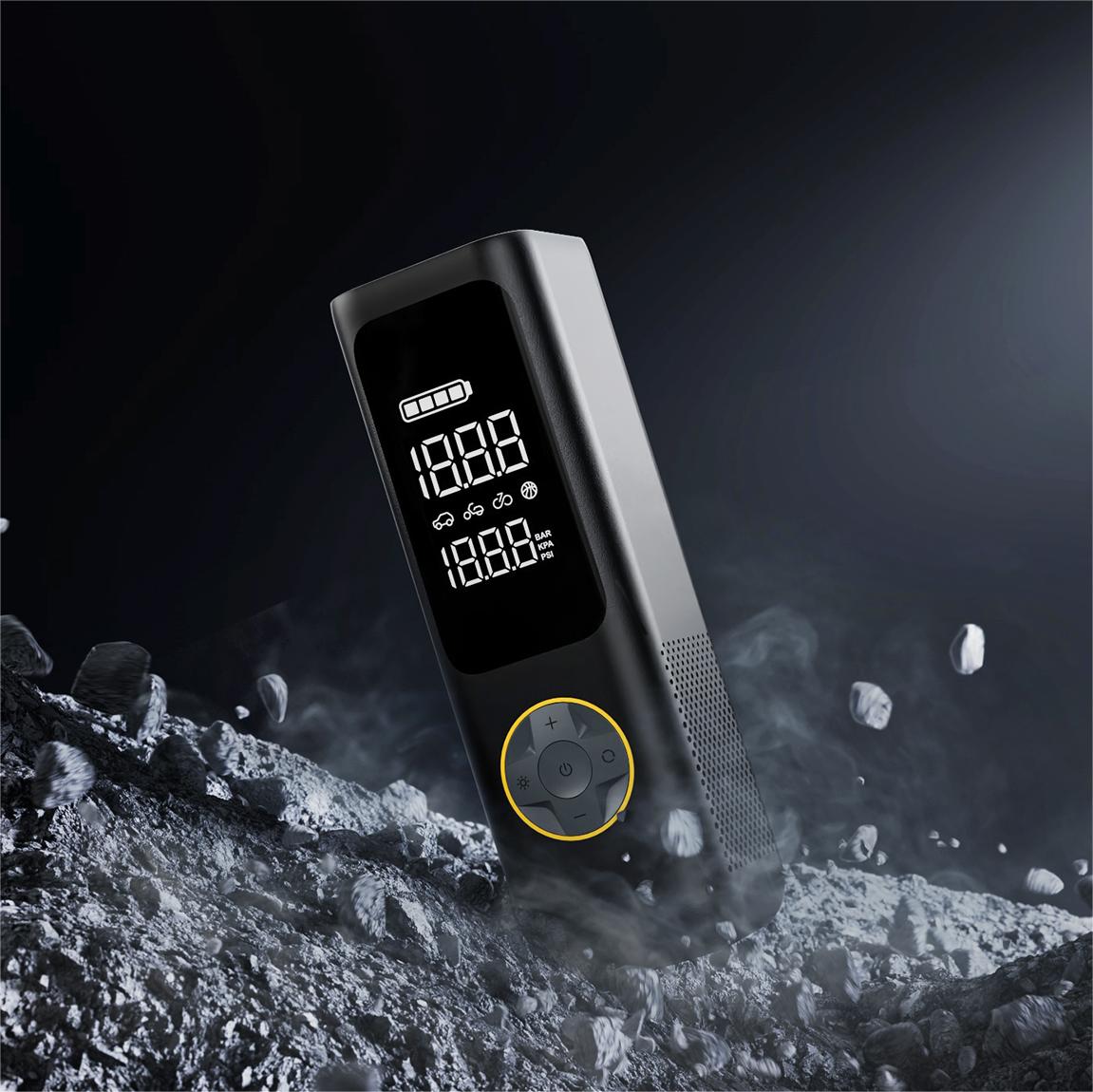

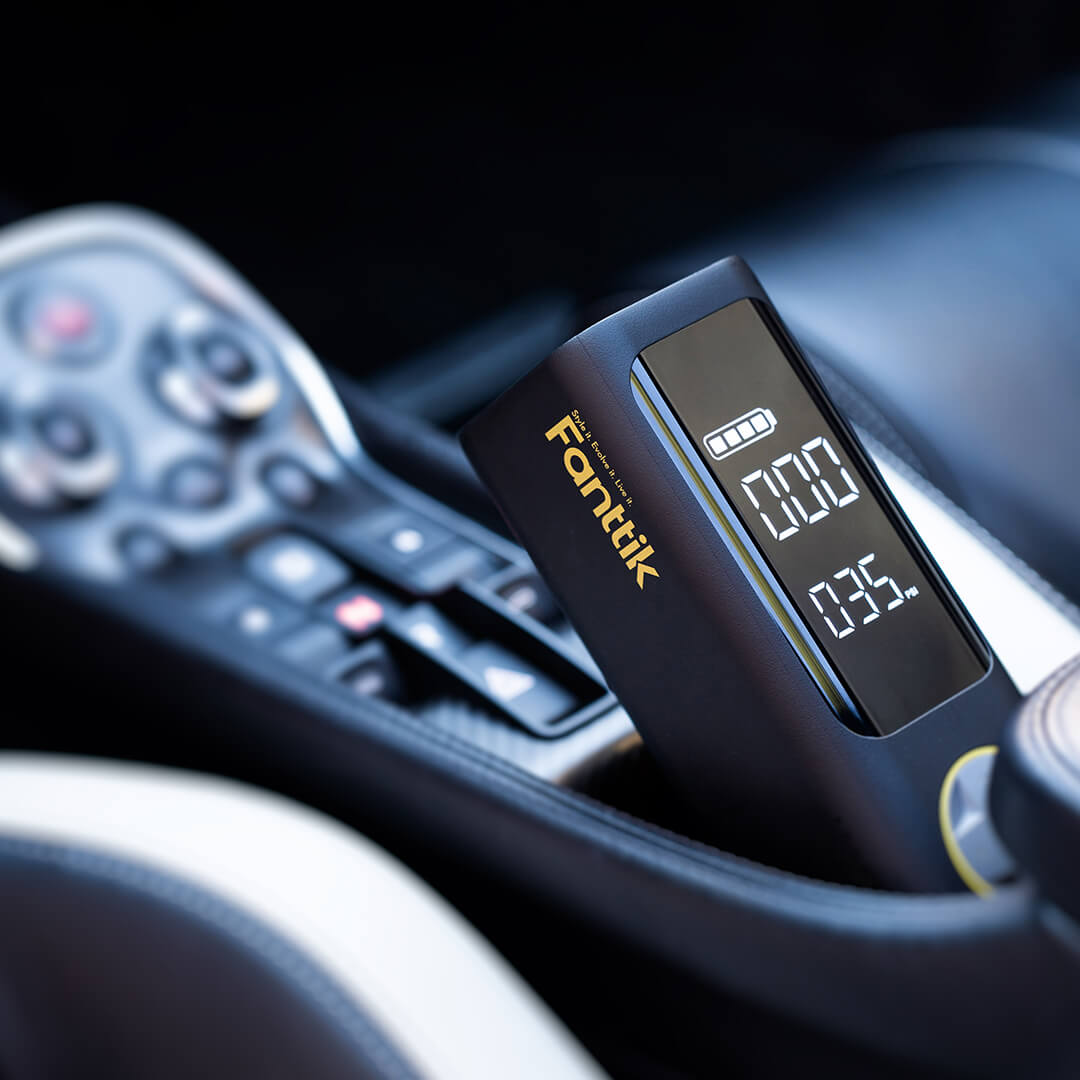
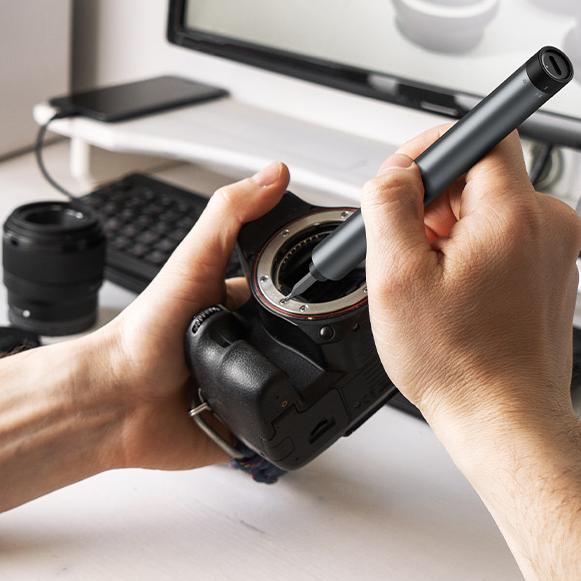







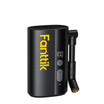
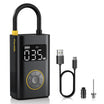
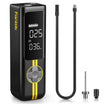
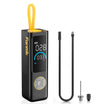
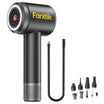
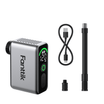
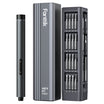
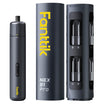
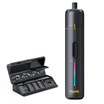
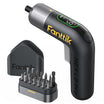
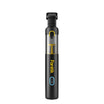
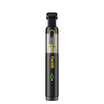
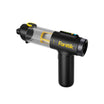
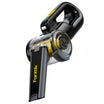
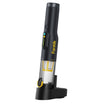
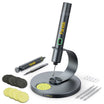
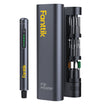
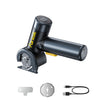
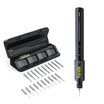
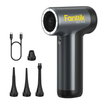

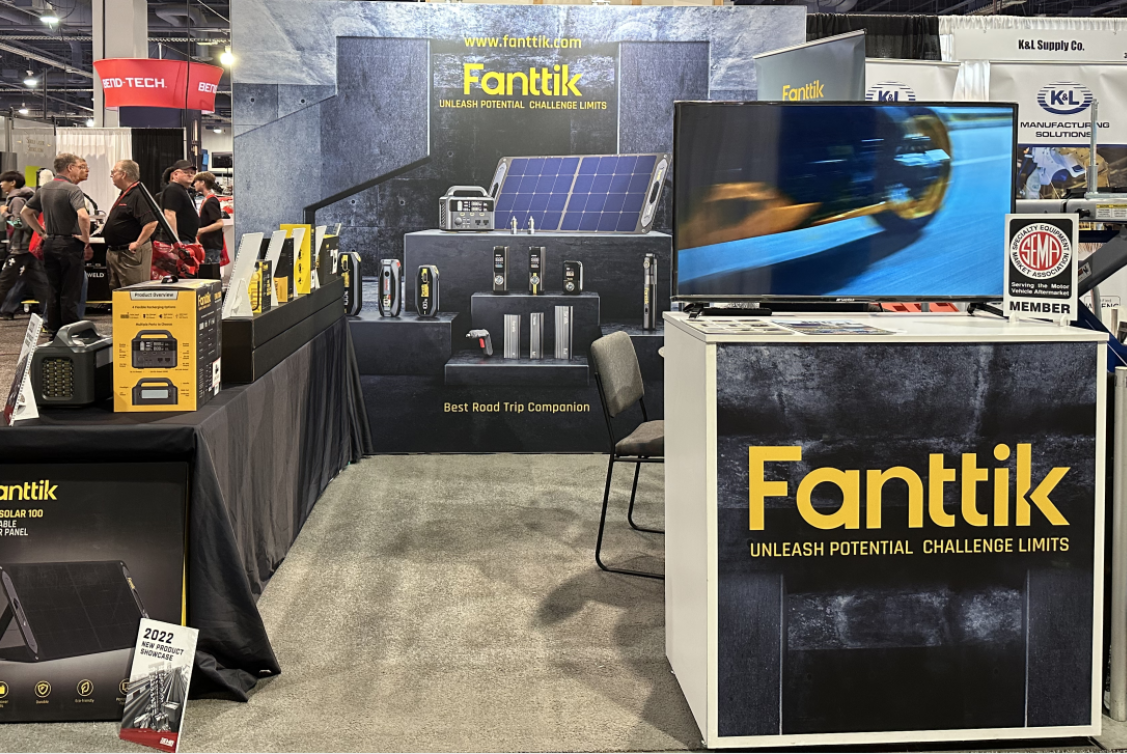

Leave a comment
All comments are moderated before being published.
This site is protected by hCaptcha and the hCaptcha Privacy Policy and Terms of Service apply.